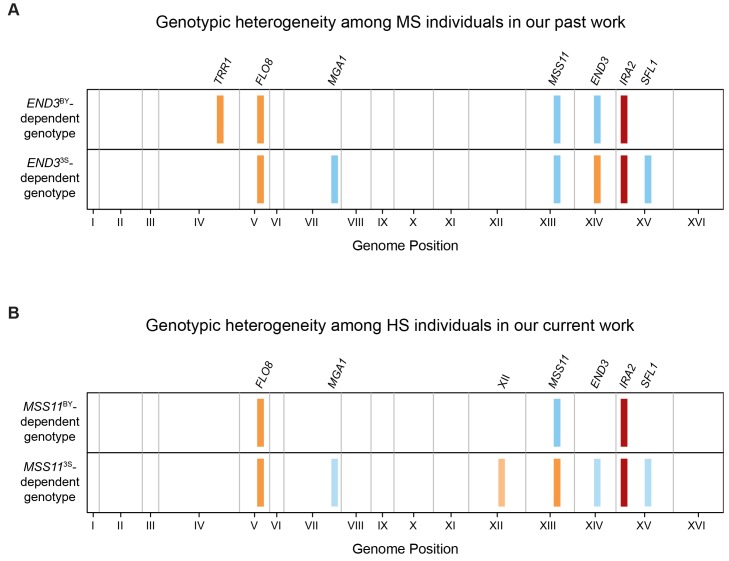Fig 4. The HS and MS classes are each specified by two predominant multi-locus genotypes.
(A) We previously showed that two distinct multi-locus genotypes underlie trait expression at 30°C [10,11], and in this paper we determined that these same genotypes underlie the MS class. In addition to ira2Δ2933, these genotypes both involve FLO83S and MSS11BY. However, individuals carrying END3BY also require TRR13S (‘END3BY-dependent genotype’), while individuals carrying END33S instead require MGA1BY and SFL1BY (‘END33S-dependent genotype’). We refer to the fact that both of these multi-locus genotypes specify the same trait as ‘genotypic heterogeneity’. When such genotypic heterogeneity is present, alleles involved in only one of the multi-locus genotypes can be masked. For example, in the bulk segregant mapping data for the MS class, only the alleles involved in the genotype that involves END3BY were detected. (B) In the current data, we found evidence for genotypic heterogeneity in the HS class. By partitioning individuals in the HS class from the 3S backcross population and calculating their allele frequencies across the genome, we determined that two predominant multi-locus genotypes underlie this temperature sensitivity class. These genotypes are FLO83S ira2Δ2933 MSS11BY (‘MSS11BY-dependent genotype’) and XII3S END3BY FLO83S ira2Δ2933 MGA1BY MSS113S SFL1BY (‘MSS113S-dependent genotype’). As described in the main text, XII3S refers to a locus that was detected specifically among HS individuals carrying MSS113S. The same coloring scheme is used in this figure as in Fig 2.

